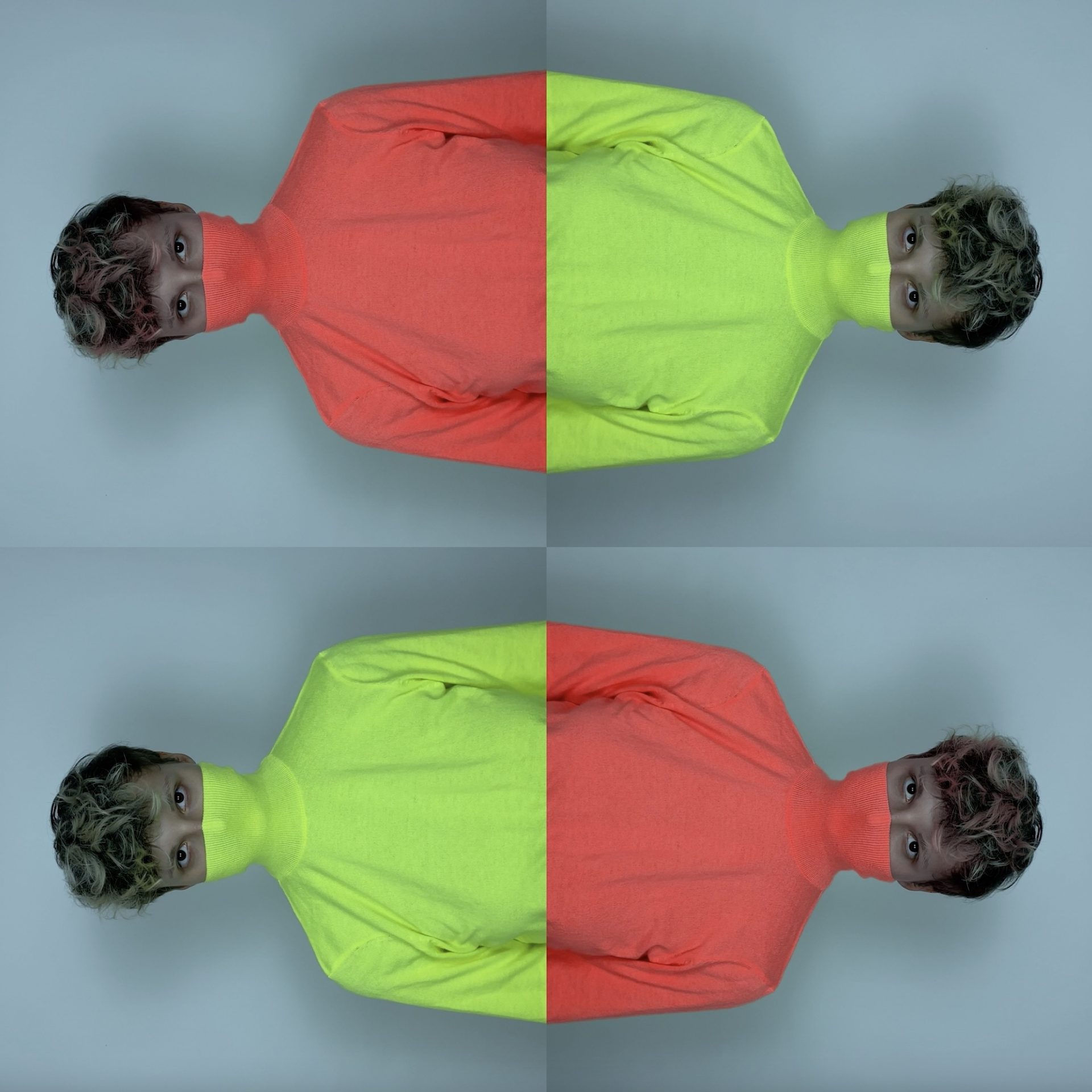This should be good. Really good. After all, both the performers have real form. Sonia Killmann is a composer and multi-media artist with an impressive CV, and equally, Constant Vigier, well-known from his work with Scottish Ballet, is a brilliant dancer as well as being a choreographer in his own right. And everyone involved is good! Killmann clearly knows her way around the saxophone, is very much at one with her instrument and produces a beautiful tone. Vigier is absolutely in control of his movement, his gestures light and elegant: it is a joy to watch him dance. Technically, everything goes without a hitch. Everybody is on top form.
Yet, somehow, there is very little to Bamboozled. It is introduced, rather strangely, as an immersive piece, despite nothing happening forward of the stage area. We have a Satie Gymnopédie, with a little bit of basic sound processing thrown in at the end; some saxophone improvisation, with some more basic sound processing; some beats that sound as if they were produced with Ableton Live; some what looks to be improvised dance; and a very retro-looking video.
What seems to be missing is a real connection with the audience—it feels strangely distant, as if happening over Zoom. It lacks a real sense of purpose or any real sense of structure, as if twiddling its fingers in front of the audience. And there is generally a lack of attention to detail: it is all fuzzy big blocks of stuff sewn roughly together.
Of course, this might be part of the conceit, the creation of that strange pre-party feeling before the arrival of guests, a sort of Augérian ‘non-place’. And indeed, perhaps this is the real problem: it is simply one of those concepts that can never properly fly.
Every now and then there is spark of flair. Vigier dancing with his own video image, for example, is an idea that could be expanded. He has the sort of accuracy that makes an idea like this really work. There are moments of humour too. But generally, it seems a bit buttoned up, a bit whatever the opposite of immersive is. It feels like it hasn’t quite decided what it wants to do or even be.
This is a shame, because you really can’t fault the performance. Killmann and Vigier are genuinely excellent. There is no want of talent. Yet, if art if to be allowed to be genuinely experimental—and experimentation is critical for the arts—it simply isn’t always going to work out. Let’s hope that the results of this experiment will be taken forward to inform these superb artists’ next works.


Comments